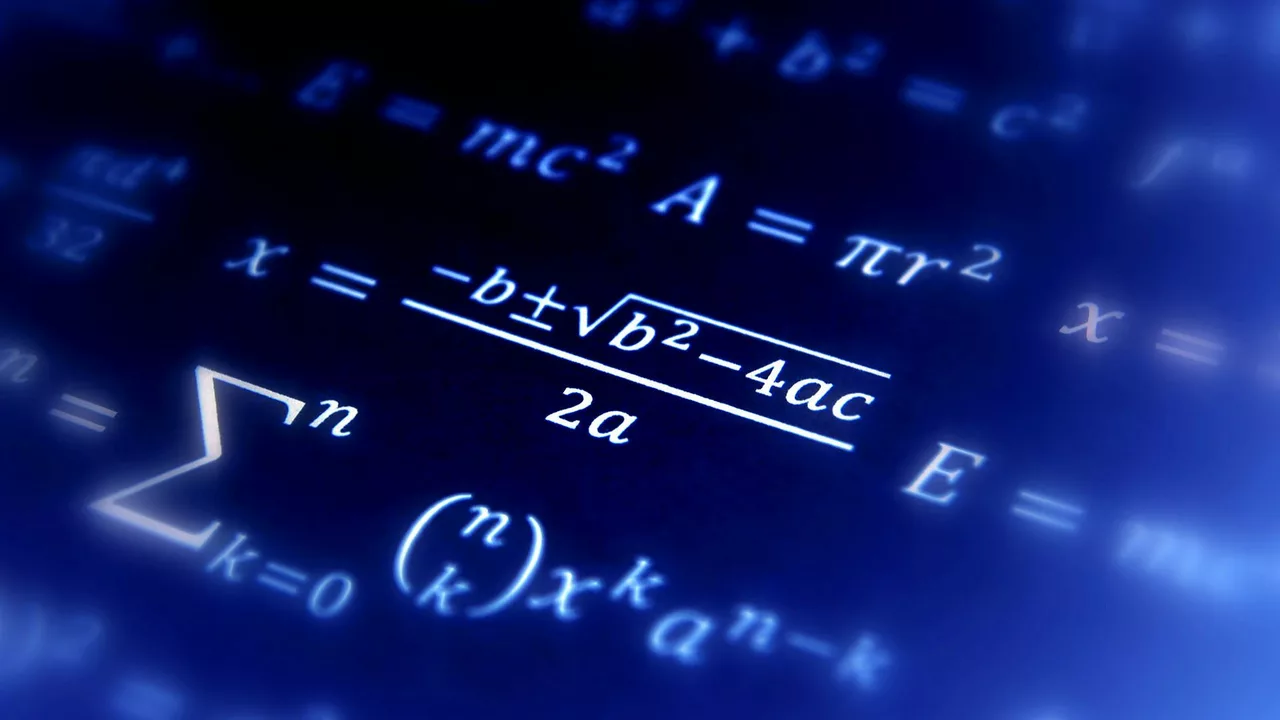In the gaming world, math is an essential tool used in various ways. Primarily, algebra and trigonometry play a big role in game development, helping to create graphics, animations, and enabling player movements. Probability and statistics are also used, especially in designing the logic of the game and determining the chances of specific events happening. Calculus often comes into play in more complex games, particularly those that involve physics-based movements or simulations. So, from the coolest graphics to the most exciting gameplay, it's all a game of numbers.
How Math Shapes the Games You Play
Ever wonder why a soccer ball curves the way it does in FIFA 16? The secret isn’t magic – it’s math. From the way characters move to the odds of a rare card drop, numbers are everywhere. Knowing the basics can make you a smarter player and a better fan of game design.
Algebra and Trigonometry: The Building Blocks
Algebra helps programmers set up rules. Think of a player’s speed: it’s a simple equation that adds base speed, boost, and fatigue. Trigonometry handles angles, so when you aim a free kick, the game calculates the trajectory using sine and cosine. Those same formulas decide how a 3‑D model turns, jumps, or slides across the pitch.
In FIFA, the curve on a shot isn’t random. The game takes the angle you select, plugs it into a trigonometric function, and predicts where the ball will go. If you practice enough, you start to sense those angles without doing the math on paper – but the math is still there, crunching numbers in the background.
Probability, Statistics, and the Luck Factor
Ever opened a pack and hoped for a golden player? That hope is driven by probability. Developers assign a percentage chance to each card, then use random number generators to decide the outcome. Knowing the odds helps you plan – if a rare card has a 2% drop rate, opening ten packs still isn’t guaranteed, but you understand why it feels like a gamble.
Statistics also guide game balance. Designers track win rates, goal averages, and player usage. If a particular tactic is winning too often, they tweak the numbers to keep matches fair. As a player, paying attention to these stats can reveal hidden strengths or weaknesses in your team.
Calculus shows up in more advanced physics. When a car in a racing game accelerates, the engine’s force changes over time – that’s a derivative. In FIFA, player collisions use simple physics equations to decide if a slide tackle costs a foul or just a stumble.
All this might sound heavy, but you don’t need a PhD to benefit. Understanding that a player’s stamina drops linearly over a match can guide when to substitute. Knowing a 5% chance means roughly 1 in 20, helps you decide if it’s worth spending coins on a pack.
So next time you’re on the field, think about the numbers working behind the scenes. The more you notice them, the more control you’ll have over your game. And if you’re curious about the tech side, dive into a beginner’s guide to game math – it’s surprisingly approachable.
Ready to level up? Keep an eye on the stats, practice those angles, and remember that every great play starts with a simple equation. Happy gaming, and may your coins multiply!


